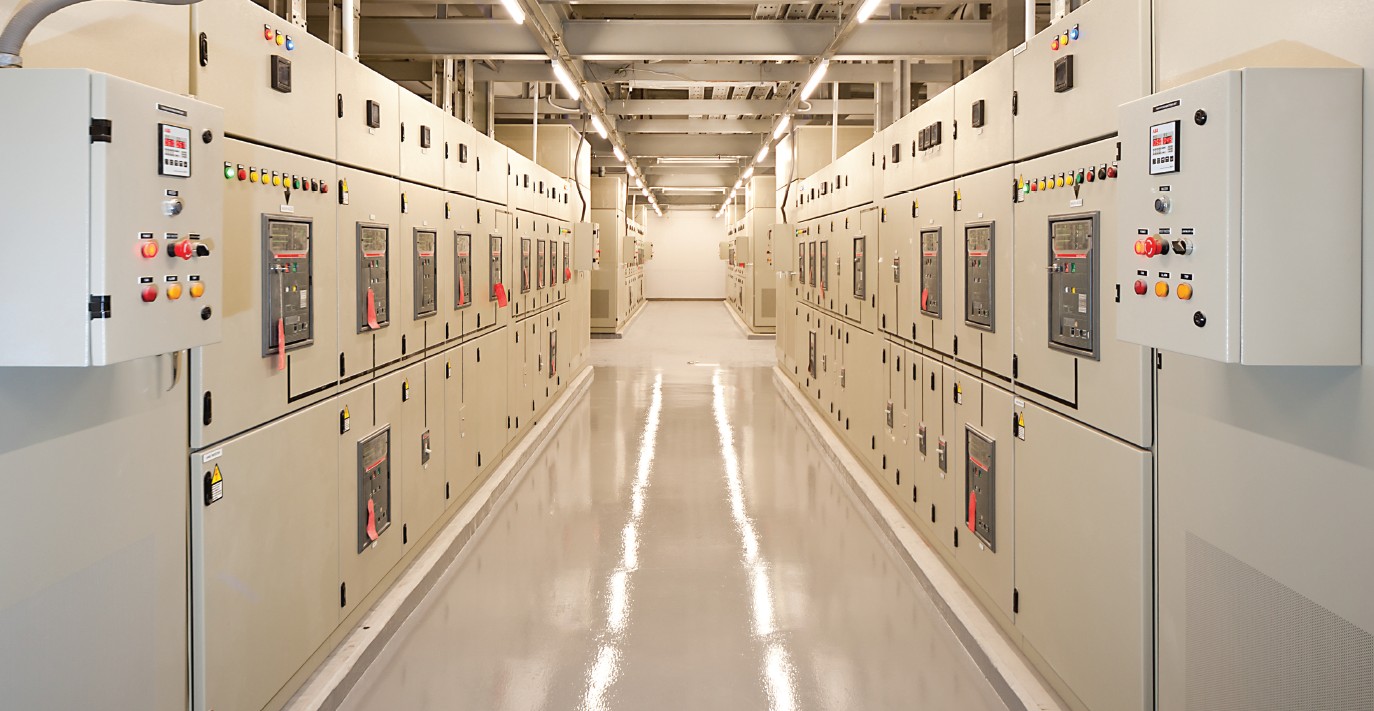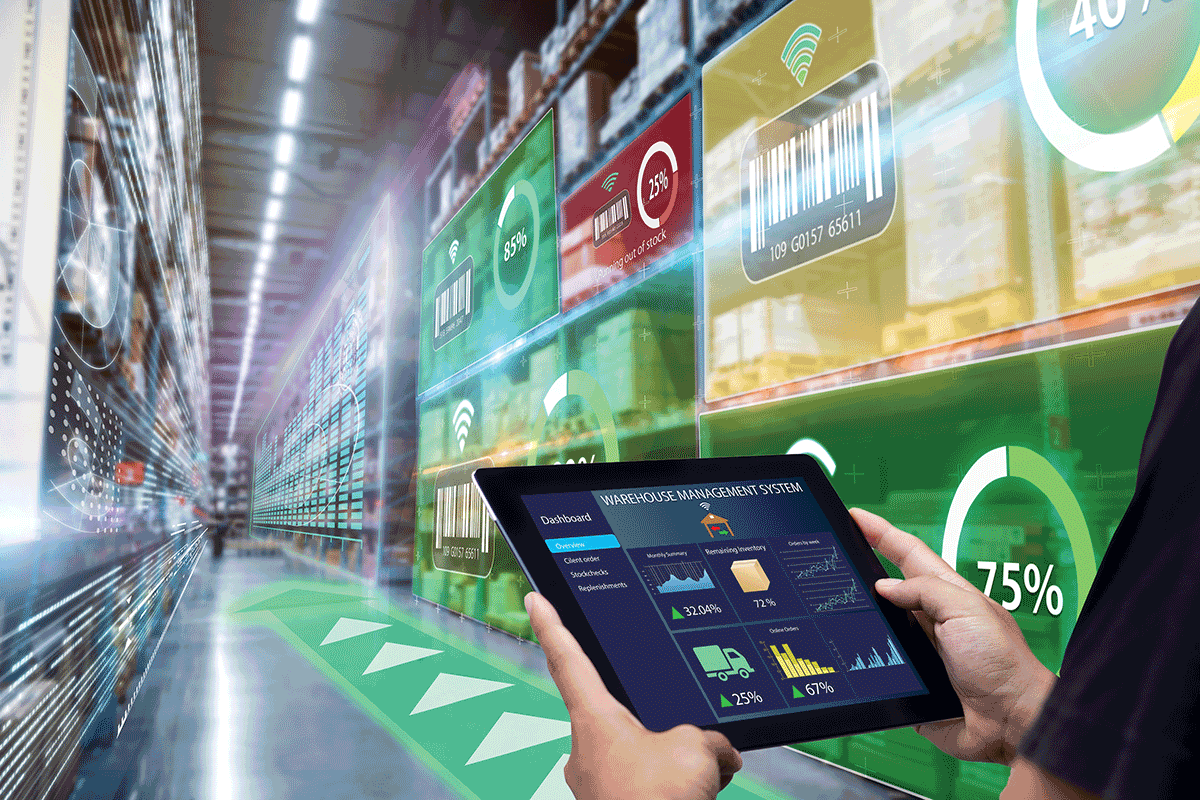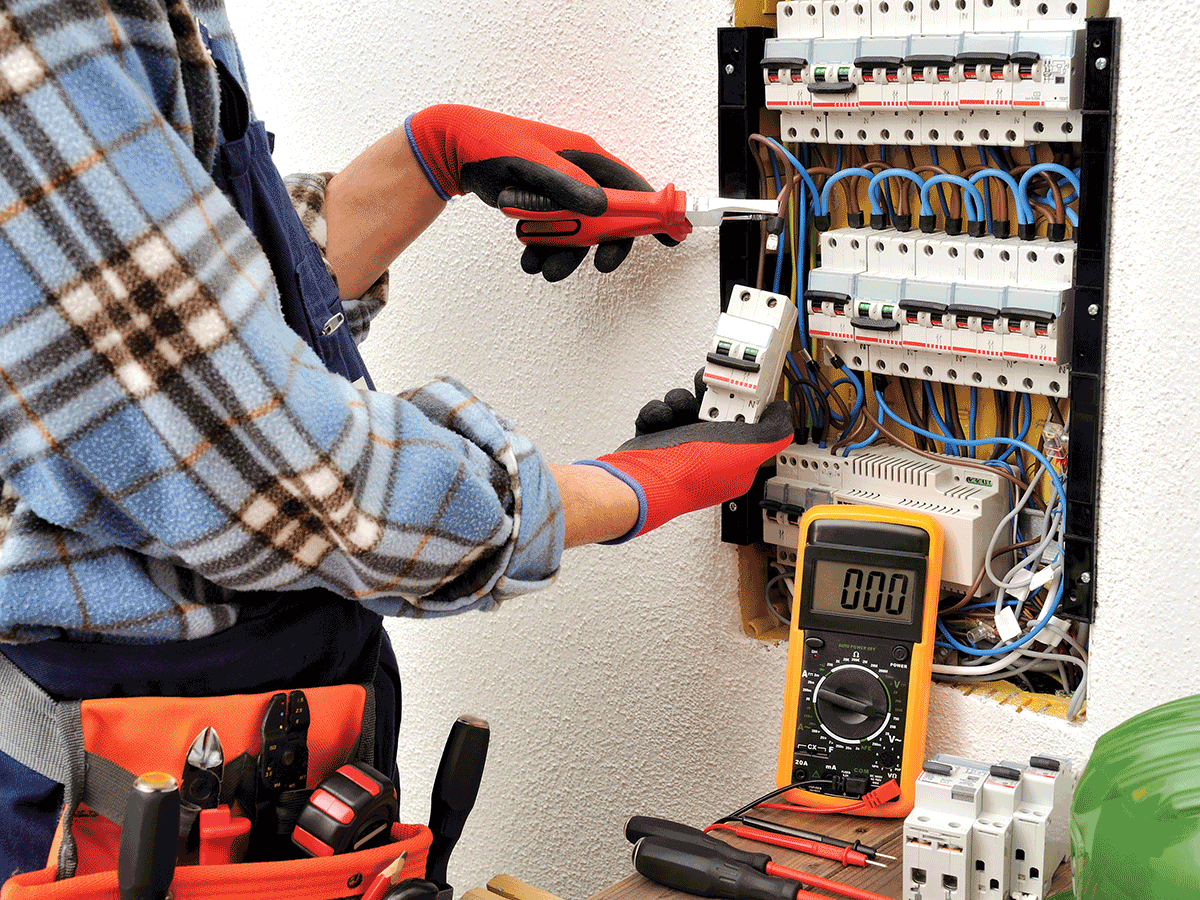In the home
In the wake of this year’s disastrous hurricane season, the International Association of Electrical Inspectors (IAEI) and Underwriters Laboratories Inc. (UL) are offering useful information and guidance to homeowners about the dangers present when water comes in contact with electricity.
A new brochure, “When disaster strikes … electrical safety in your flood-damaged home,” is now available for distribution to communities impacted by flooding. The warnings cover both short- and long-term hazards that consumers may encounter when returning to their homes. Due to the difficulties in refurbishing and monitoring equipment in residential settings, it is recommended that all water-damaged residential equipment be replaced with new equipment.
For more information about water damage to electrical equipment, please visit www.iaei.org/volunteer/help.htmorwww.ul.com/katrinafloodwaters.
For copies of the “When disaster strikes …” brochure, contact:
Literature Stock
Underwriters Laboratories Inc.
333 Pfingsten Road
Northbrook, IL 60062
phone +1-847-664-3731
fax +1-847-313-3731
e-mailDanica.Walker@us.ul.com
Industrial and commercial equipment
As electrical inspectors start down the long, difficult road assisting with recovery efforts, it is important to keep the following in mind:
Key considerations for water-damaged equipment
When evaluating water-damaged equipment for use, the following factors should be considered:
• The extent of the water damage
• The effects of contaminants and corrosion on the equipment
• The overall age and condition of the equipment
• The function of the equipment, and where it will be used (e.g., life safety vs. general control, residential vs. industrial/commercial)
Reconditioning water-damaged equipment
In addition to the electric shock and fire hazards associated with water-damaged equipment, there are also chemical and biological dangers. Therefore, it is imperative that the equipment be reconditioned by the original equipment manufacturer (OEM), personnel qualified by the OEM, or recognized third-party businesses with established expertise. It is strongly recommended that the OEM develop a reconditioning process within a formal risk-management system.
Certain types of industrial and commercial equipment that have been damaged by water may be reconditioned by trained personnel. It is important that such reconditioned equipment be subject to appropriate quality and safety controls. This includes a thorough review of the reconditioning process, and an inspection with basic field-testing of the reconditioned equipment, if applicable.
Types of equipment suitable for reconditioning
For a complete list of equipment where reconditioning is possible, and for a list of equipment for which reconditioning is not recommended, refer to the National Electrical Manufacturers Association (NEMA) publication, “Guidelines for Handling Water Damaged Electrical Equipment.” The following list indicates some of the equipment that may be reconditioned:
• Enclosed switches (including some standby system transfer switches)
• Busways
• Panelboards
• Fire-pump controllers
• Manual and magnetic motor controllers
• Motor-control centers
• Switchboards and switchgear
• Liquid-filled and cast-resin transformers
• Motors
• Industrial and commercial battery chargers
• Commercial refrigeration units
The following list indicates equipment that should not be reconditioned and should be decommissioned and replaced:
• Gas-fired equipment
• Appliances (washing machines, ovens, refrigerators, toasters, televisions, etc.)
• Solid-state controllers
• Molded-case circuit breakers
• Fuses
• Dry type transformers
• Receptacles, GFCIs, AFCIs and switches
• Transient voltage surge protective devices
• Wiring not suitable for wet locations
Temporary use of critical equipment
While it is UL’s goal to assist electrical inspectors by evaluating the suitability of the long-term use of reconditioned equipment, UL recognizes that some types of critical equipment may need to be temporarily operational until replacement equipment can be installed, however, safety should always be the first consideration. This equipment includes, but is not limited to, food refrigeration units and generators. In these cases, the OEM shall ensure that any residual risks are clearly identified. Food refrigeration equipment must also be sanitized after a complete cleaning.
In addition to the complimentary brochure for consumers, UL is offering to evaluate industrial and commercial equipment that has been water-damaged, or that has been subjected to a reconditioning process. This service is being offered at no cost to electrical inspectors in the areas affected by hurricanes.
For questions regarding electrical evaluations, contact Chuck Mello in Camas, Wash., by phone at +1-360-817-5578; or by e-mail at Chuck.Mello@us.ul.com. For questions regarding sanitation evaluations, contact Gary Coleman in Research Triangle Park, N.C., by phone at +1-919-549-1732; or by e-mail at Gary.Coleman@us.ul.com.
For UL’s Policy on flood-damaged equipment and how it affects the original UL Listing, see the UL Question Corner of this issue of the IAEI News.










Find Us on Socials